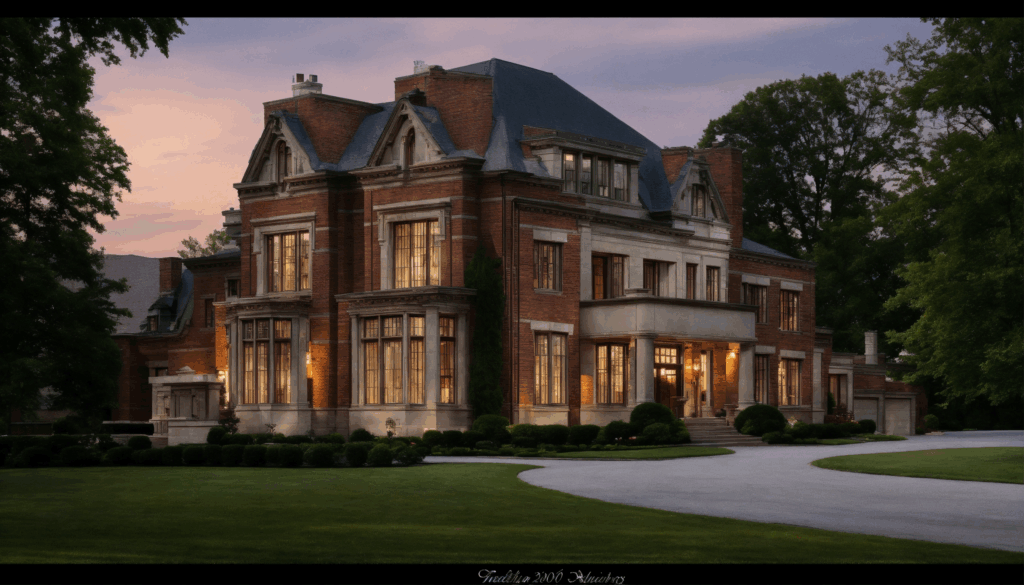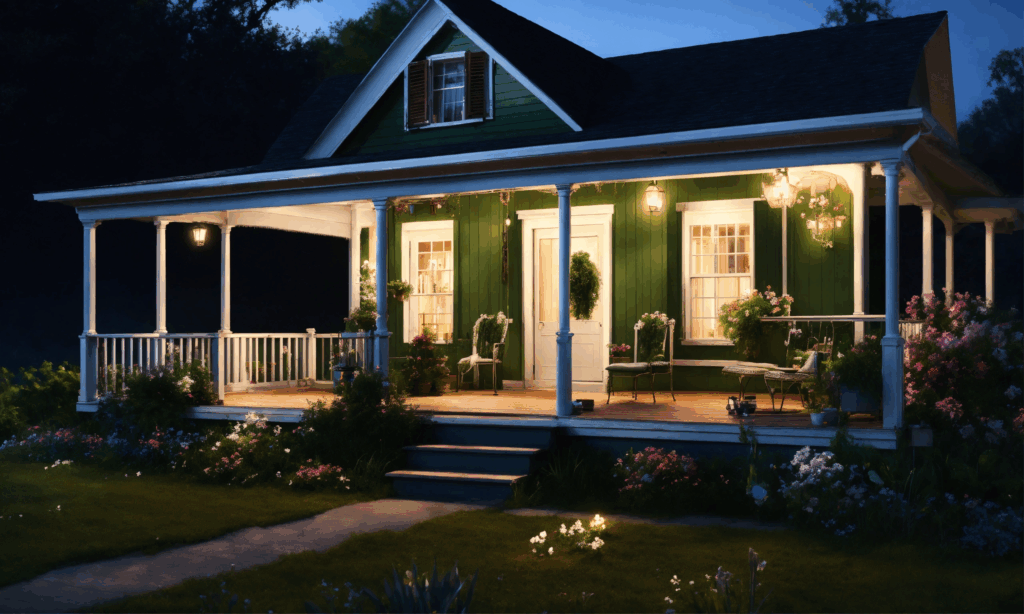The American dream often includes homeownership — a place to call your own, to grow a family, and build lasting memories. But for some, that dream extends beyond a typical single-family house to something far more grand: a mansion. The word mansion evokes images of sweeping staircases, massive square footage, and luxury at every turn. But when does a house officially become a mansion? Is it based on size, price, location, or something else entirely? We’ll explore the defining characteristics of a mansion, how it differs from a standard home, and why understanding this distinction can be useful when navigating real estate in places like Texas and beyond.

What Is Considered a Mansion?
At its core, a mansion is not just a big house. While size is certainly a factor, other characteristics contribute to the title. Traditionally, a mansion is defined as a large, stately residence that offers significantly more space, luxury, and amenities than the average home.
1. Size Matters
One of the primary benchmarks of a mansion is its square footage. While there’s no universally agreed-upon number, most real estate professionals consider homes with at least 5,000 square feet to fall into the mansion category. However, in affluent areas or cities with large luxury markets, that number might need to be higher — upwards of 8,000 to 10,000 square feet — to qualify.
2. Architecture and Design
Mansions typically exhibit unique or custom architectural elements that separate them from standard homes. These could include:
- Grand entrances with sweeping staircases
- Multi-story foyers
- Intricate molding and woodwork
- Vaulted ceilings
- Elaborate exterior facades
Many mansions also feature historic or classical architectural styles, such as Georgian, Colonial, Mediterranean, or Tudor, adding to their regal appearance.
Luxury Amenities: More Than Just Space
Beyond sheer size, what makes a mansion truly stand out are the high-end amenities that elevate it from a large house to a luxurious residence. These features might include:
- Multiple living areas: Think formal and informal living rooms, lounges, and sitting rooms.
- Entertainment facilities: Home theaters, game rooms, wine cellars, and private bars.
- Resort-style outdoor areas: Expansive patios, custom pools, tennis courts, and even private gardens.
- Guest accommodations: Separate guesthouses, suites, or wings designed for visitors.
- Smart home integration: Cutting-edge technology for security, lighting, climate control, and multimedia.
These elements are not commonly found in traditional homes and contribute to the mansion’s elevated lifestyle experience.
Location and Land Value
A mansion doesn’t only rely on its size and features — location plays a critical role. A home in a desirable, high-end neighborhood or on an expansive piece of land will carry more value and prestige. Mansions are often built on multiple acres of property, providing privacy, exclusivity, and stunning views — whether of mountains, waterfronts, or city skylines.
For instance, in cities like Austin, Dallas, or Houston, you may find homes labeled as mansions within gated communities or luxury enclaves, complete with private driveways and manicured landscapes. In rural Texas, sprawling ranch-style mansions may offer luxury with a more rustic charm and wide-open views.
The Price Tag of a Mansion
Cost is another factor to consider. While there’s no hard threshold, mansions usually fall into the multi-million-dollar range due to their square footage, custom details, and amenities. In some markets, a $1 million home may qualify as a mansion, while in others — like Los Angeles or New York City — it may only buy you a condo.
It’s important to note that price alone doesn’t make a home a mansion. A small home in a high-cost area could be expensive without offering the features associated with mansion living.
Mansion vs. Luxury Home: Is There a Difference?
These terms are often used interchangeably, but there is a subtle distinction. A luxury home refers more broadly to a high-end, premium residence regardless of size. It could be a modern downtown loft or a beachfront villa. A mansion, however, is generally large and luxurious.
In simple terms, all mansions are luxury homes, but not all luxury homes are mansions. Size, grandeur, and unique features help a property transition from just being upscale to earning the mansion title.

Why It Matters for Buyers and Sellers
Understanding the mansion designation can be helpful for:
- Buyers looking for upscale homes who want to focus on specific amenities or size requirements.
- Sellers who may want to market their property as a mansion to attract high-end buyers.
- Investors interested in flipping or leasing luxury properties.
In Texas, where land is more abundant and housing prices are more reasonable than in many coastal states, finding or selling a mansion is a real possibility. This can offer substantial benefits to both buyers and sellers navigating the state’s booming real estate market.
Final Thoughts: A Mansion Is More Than Just a Big House
So, when is a house a mansion? It’s not just about square footage — it’s about a combination of space, luxury, architectural significance, and location. If you’re house hunting in Texas or considering selling a property with grand features, understanding what qualifies as a mansion can help you make informed decisions.
If you’re a homeowner thinking, “I want to sell my house fast Texas,” and your property borders on mansion territory or even just offers upscale features, there’s a good chance you’re sitting on a valuable asset. Whether it’s a mansion or a well-maintained family home, the key is to work with professionals who understand your market and can help you make the most of your property.
Ready to learn more about selling your Texas home or mansion quickly and efficiently? Visit our site today and let our expert team guide you through every step of the process!
